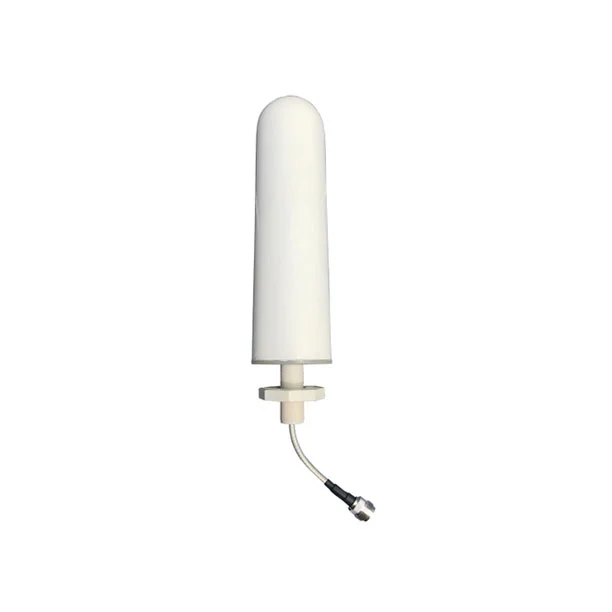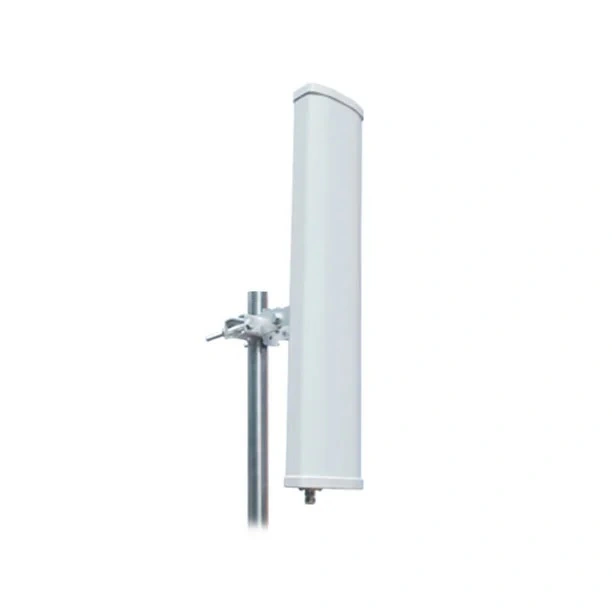Wireless communication has evolved rapidly over the years, from the early days of Wi-Fi to the impending era of 5G connectivity. With each new generation of technology, the demand for faster, more reliable wireless communication has grown exponentially. To meet these demands, combination antennas have emerged as a critical component in enhancing wireless communication across various technologies. In this blog, we'll explore how combination antennas play a pivotal role in improving wireless communication, from Wi-Fi to 5G.
The Evolution of Wireless Communication
Wireless communication has come a long way since the advent of the first wireless networks. Each generation of wireless technology has brought significant improvements in speed, latency, and overall performance. Here's a brief overview:
Wi-Fi (802.11)
Wi-Fi technology revolutionized wireless communication by allowing devices to connect to the internet without physical cables. It operates primarily in the 2.4 GHz and 5 GHz frequency bands and is widely used for local area networking in homes and businesses.
4G LTE
The introduction of 4G LTE (Long-Term Evolution) brought faster cellular data speeds and improved the mobile internet experience. It operates in various frequency bands, including 700 MHz, 800 MHz, 1.7 GHz, and 2.1 GHz, depending on the carrier.
5G
5G represents the next leap forward in wireless communication, promising ultra-fast data speeds, low latency, and massive device connectivity. It operates across multiple frequency bands, including mmWave (millimeter-wave) frequencies above 24 GHz and sub-6 GHz frequencies.
The Role of Combination Antennas
Multi-Band Reception
One of the key advantages of combination antennas is their ability to receive signals across multiple frequency bands simultaneously. In the context of wireless communication, this means that a combination antenna can capture signals from various wireless technologies, such as Wi-Fi, 4G LTE, and 5G. This multi-band reception capability ensures that devices stay connected regardless of the wireless technology in use, leading to a seamless and uninterrupted user experience.
Improved Signal Strength and Reliability
Combination antennas excel in improving signal strength and reliability. In areas with weak or inconsistent signals, combination antennas can capture signals from multiple sources, combining them to provide a stronger and more stable connection. This is particularly beneficial in urban environments with signal interference and in rural areas with limited infrastructure.
Future-Proofing Connectivity
As wireless technology continues to advance, combination antennas offer a degree of future-proofing for wireless communication. With the ability to support multiple frequency bands, they can adapt to evolving technologies and network deployments. This means that devices equipped with combination antennas can seamlessly transition from 4G to 5G networks and beyond as new wireless standards emerge.
Applications of Combination Antennas in Wireless Communication
Combination antennas have a wide range of applications in wireless communication:
Smartphones and Mobile Devices
Mobile devices equipped with combination antennas can benefit from improved connectivity and better data speeds, ensuring a smoother user experience for voice calls, video streaming, and online gaming.
Home and Business Networks
Combination antennas enhance the performance of Wi-Fi routers and access points, ensuring consistent and high-speed internet connectivity throughout homes and offices.
IoT and Industrial Applications
In the rapidly growing Internet of Things (IoT) ecosystem, combination antennas are crucial for connecting a multitude of devices efficiently, making them ideal for smart cities, industrial automation, and healthcare applications.
From the early days of Wi-Fi to the dawn of 5G, wireless communication has undergone a remarkable transformation. Combination antennas have emerged as a vital technology that bridges the gap between different wireless technologies, ensuring seamless connectivity, improved signal strength, and future-proofing for evolving standards. As we continue to rely on wireless communication for our daily lives and business operations, the role of combination antennas in enhancing this connectivity cannot be overstated. They are the unsung heroes that keep us connected in an increasingly wireless world.

 English
English





